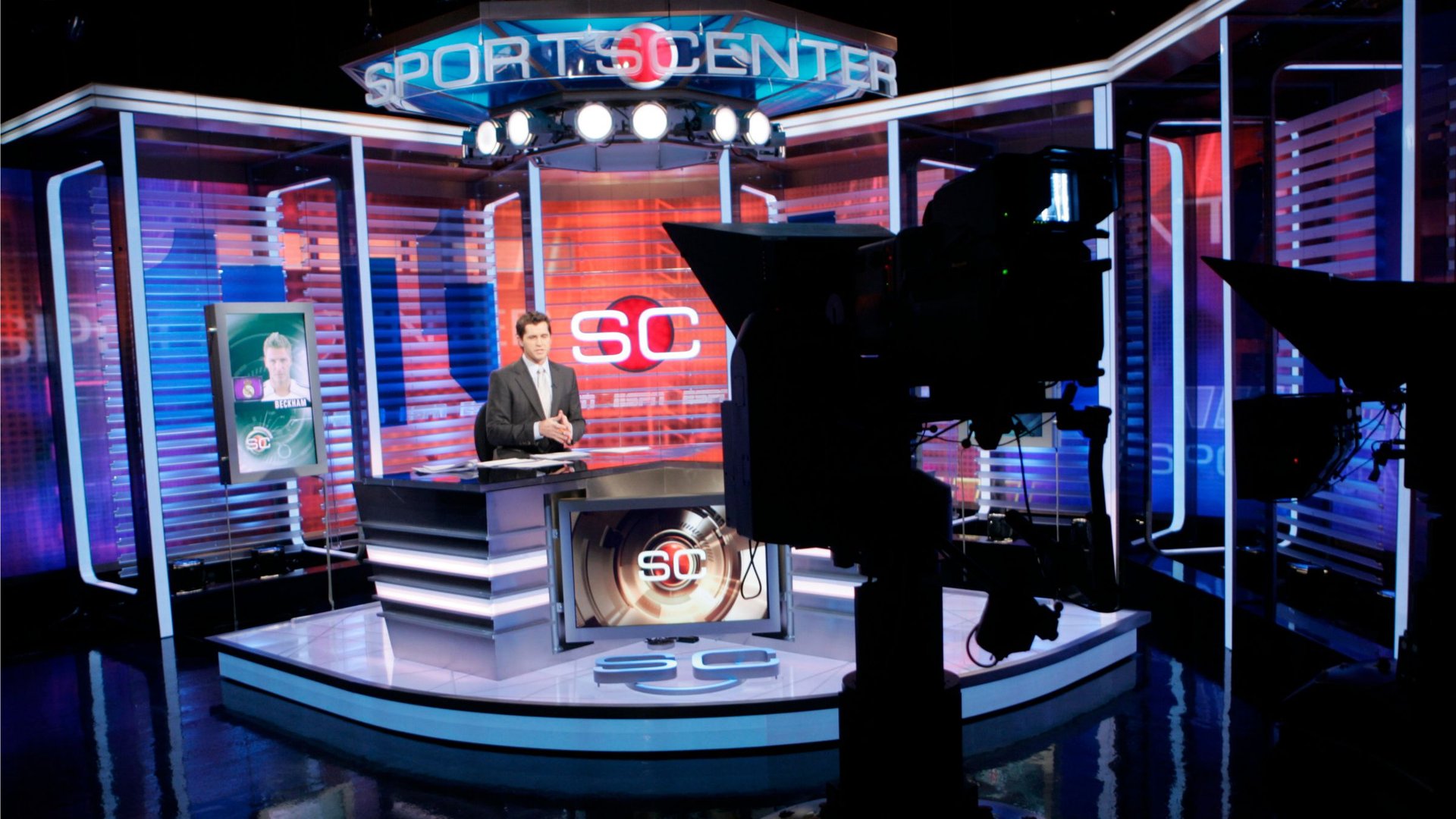ESPN is the prime example of how complicated cable TV is getting
Disney knows ESPN needs to evolve to maintain its standing as the top cable network on TV.


Disney knows ESPN needs to evolve to maintain its standing as the top cable network on TV.
And the media conglomerate is preparing to offer its star sports network any and every way it can— through traditional cable bundles, which will remain the dominate platform; slimmed-down packages like SlingTV, which ESPN is pushing its way into; and even direct-to-consumer packages.
“You’ll end up essentially with a mix of products that include ESPN,” Disney CEO Bob Iger said at a Deutsche Bank conference on Tuesday (Mar. 8). “Longterm we need to be in the business, as a company and particularly ESPN, of selling product direct-to-consumer. There are opportunities that that provides that are significant enough, particularly with the brands that we have, that we think we have to take them seriously and ultimately exploit.”
But it’s still unclear what a standalone ESPN offering might look like, and more importantly, how much it will cost. That’s why some analysts have questioned whether the company is really ready to make the move. ESPN has considerations many other networks don’t, namely, expensive sports rights and legacy licensing agreements that don’t account for over-the-top distribution.
By and large, Iger said sports rights are not an issue for ESPN’s plausible direct-to-consumer offering. But they’re certainly something the company has to work around.
“They limit us in terms of how we take it out to the consumer,” said Iger, who declined to elaborate. “It can be done. It’s just, there are issues that we have to face in doing it. Pricing is one of them.”
To work around those legacy contracts, Disney might only include a portion of its sports rights in standalone offerings, Iger said. He didn’t elaborate, but that might mean certain live sports will remain exclusive to cable TV packages, or that ESPN will offer different tiers of standalone packages, helping to keep the cost of basic ESPN below the $20-a-month fee that many people said they would not pay for a standalone ESPN.
Either way, ESPN’s conundrum underscores just how complicated cable TV is getting as networks and service providers juggle new offerings to keep up with consumer’s ever-changing demands. CBS and HBO, whose executives also spoke at the conference, are similarly balancing direct-to-consumer offerings and trying to produce more content while maintaining current price points.
“The whole cable ecosystem, which is unfortunately so reliant on legacy technology, needs to be upgraded in terms of consumer friendliness,” said Iger. “That clearly is a gating factor to the consumer today.” Part of the reason platforms like Netflix are so popular, Iger added, is that their user experiences are stronger than what legacy TV can offer.